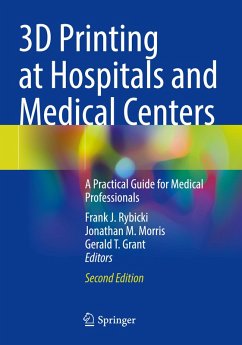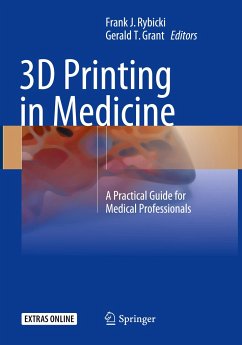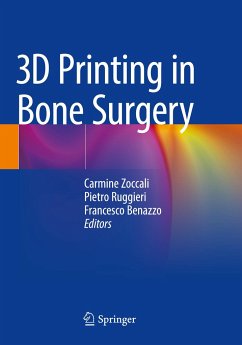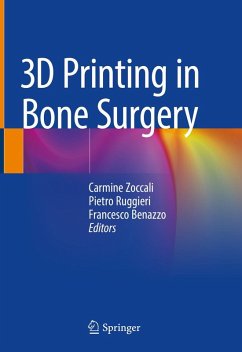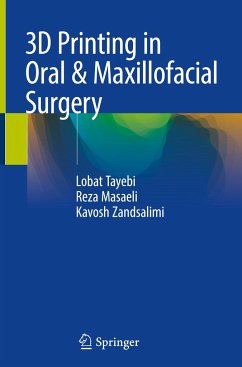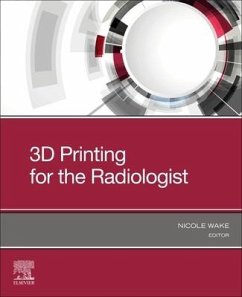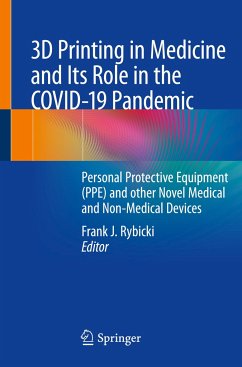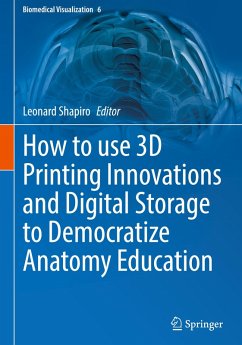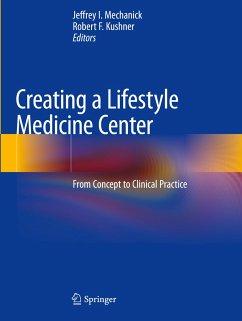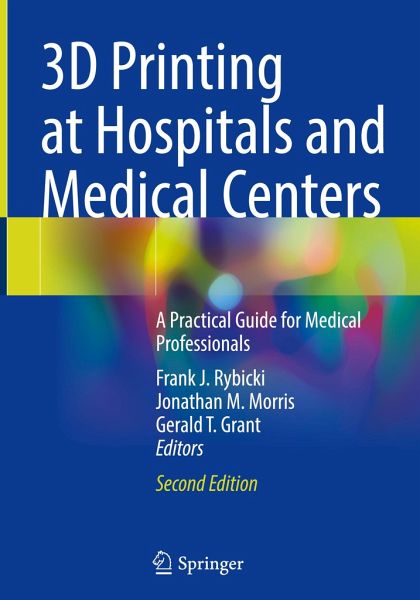
3D Printing at Hospitals and Medical Centers
A Practical Guide for Medical Professionals
Herausgegeben: Rybicki, Frank J.; Morris, Jonathan M.; Grant, Gerald T.

PAYBACK Punkte
82 °P sammeln!
This new edition describes the fundamentals of three-dimensional (3D) printing as applied to medicine and extends the scope of the first edition of 3D Printing in Medicine to include modern 3D printing within Health Care Facilities, also called at the medical "Point-Of-Care" (POC). This edition addresses the practical considerations for, and scope of hospital 3D printing facilities, image segmentation and post-processing for Computer Aided Design (CAD) and 3D printing. The book provides details regarding technologies and materials for medical applications of 3D printing, as well as practical t...
This new edition describes the fundamentals of three-dimensional (3D) printing as applied to medicine and extends the scope of the first edition of 3D Printing in Medicine to include modern 3D printing within Health Care Facilities, also called at the medical "Point-Of-Care" (POC). This edition addresses the practical considerations for, and scope of hospital 3D printing facilities, image segmentation and post-processing for Computer Aided Design (CAD) and 3D printing. The book provides details regarding technologies and materials for medical applications of 3D printing, as well as practical tips of value for physicians, engineers, and technologists.
Individual, comprehensive chapters span all major organ systems that are 3D printed, including cardiovascular, musculoskeletal, craniomaxillofacial, spinal, neurological, thoracic, and abdominal. The fabrication of maxillofacial prosthetics, the planning of head and neck reconstructions, and 3D printed medical devices used in cranial reconstruction are also addressed. The second edition also includes guidelines and regulatory considerations, costs and reimbursement for medical 3D printing, quality assurance, and additional applications of CAD such as virtual reality. There is a new Forward written by Ron Kikinis, PhD and a new Afterword written by Michael W. Vannier, MD.
This book offers radiologists, surgeons, and other physicians a rich source of information on the practicalities and expanding medical applications of 3D printing. It will also serve engineers, physicist, technologists, and hospital administrators who undertake 3D printing. The second edition is designed as a textbook and is expected to serve in this capacity to fill educational needs in both the medical and engineering sectors.
Individual, comprehensive chapters span all major organ systems that are 3D printed, including cardiovascular, musculoskeletal, craniomaxillofacial, spinal, neurological, thoracic, and abdominal. The fabrication of maxillofacial prosthetics, the planning of head and neck reconstructions, and 3D printed medical devices used in cranial reconstruction are also addressed. The second edition also includes guidelines and regulatory considerations, costs and reimbursement for medical 3D printing, quality assurance, and additional applications of CAD such as virtual reality. There is a new Forward written by Ron Kikinis, PhD and a new Afterword written by Michael W. Vannier, MD.
This book offers radiologists, surgeons, and other physicians a rich source of information on the practicalities and expanding medical applications of 3D printing. It will also serve engineers, physicist, technologists, and hospital administrators who undertake 3D printing. The second edition is designed as a textbook and is expected to serve in this capacity to fill educational needs in both the medical and engineering sectors.



